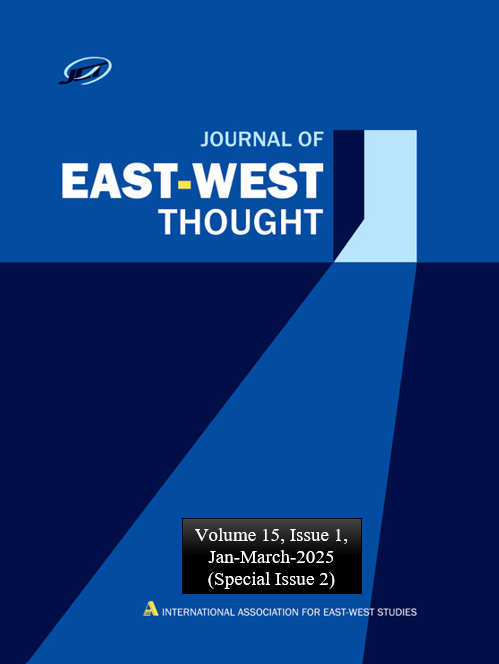CHANGING POPULATION PATTERNS AND THEIR INFLUENCE ON GROUNDWATER DEMAND IN NANDURBAR DISTRICT
DOI:
https://doi.org/10.7492/9shk4v84Keywords:
Population growth, groundwater demand, urbanization, water resource management, GIS analysis, sustainabilityAbstract
Water source management deals with the essential link between population changes and groundwater needs most notably in dry arid Nandurbar District. Scientists have studied how population shifts which include urban growth together with agricultural development impact groundwater usage rates. The research draws its methodology from a combination of approaches to merge population statistics with groundwater measurement data through GIS mapping tools. The study analyzes population density and groundwater extraction rate relationships through statistical analysis with regression analysis combined with Mann-Kendall test methodologies. Population increase displays a robust positive association (r = 0.78, p < 0.001) to groundwater depletion since major urban regions face the most severe stress level. A yearly decrease of 1.2 meters presents itself as the main groundwater depletion pattern which affects high-density residential districts. Agricultural activities stand responsible for 73% of total groundwater consumption which contributes significantly to resources running low. The projected analysis shows that if current consumption rates continue groundwater use will increase by 45% until 2035. Climate change is causing a reduction in natural recharge rates, worsening water scarcity. Recommendations include combining micro-irrigation systems with artificial recharge projects, stronger groundwater withdrawal rules, community-based monitoring platforms, and interaction initiatives for sustainable water usage. These findings will improve groundwater management guidelines for Nandurbar District and other semi-arid districts.




